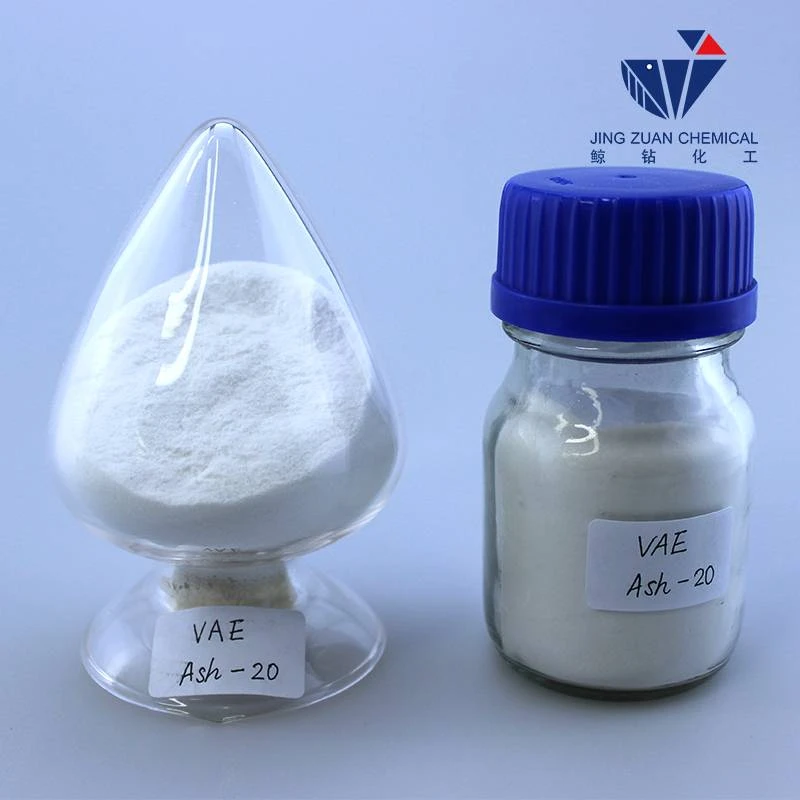
Nov . 12, 2024 07:58 Back to list
hydroxypropyl methylcellulose uses
The Versatile Uses of Hydroxypropyl Methylcellulose
Hydroxypropyl methylcellulose (HPMC) is a cellulose derivative that has gained significant traction in various industries due to its unique properties and versatility. It is a white, odorless powder that dissolves in water, forming a transparent, viscous solution. This polymer is widely employed across multiple sectors, including food, pharmaceuticals, cosmetics, and construction, attributed to its functionality as a thickener, emulsifier, film-former, and stabilizer.
Food Industry
In the food sector, HPMC is increasingly utilized as a food additive. It acts as a thickening agent, helping to improve texture and stability in processed foods. Common applications include sauces, dressings, and baked goods, where it enhances creaminess and moisture retention. HPMC is also valued for its ability to create a gel-like consistency, which is particularly useful in vegetarian and vegan products as it can replace fat and improve the mouthfeel without compromising taste. Moreover, it serves as a binding agent in powdered foods, improving their flow and handling characteristics, making it easier to package and transport.
Pharmaceutical Applications
In pharmaceuticals, HPMC plays a crucial role as an excipient—an inactive substance that serves as a carrier for the active ingredients in tablets and capsules. Its properties allow for controlled drug release, making it ideal for sustained-release formulations. Additionally, it is used in topical applications, gels, and ointments, where it acts as a thickening agent, enhancing the consistency and stability of these products. HPMC is also biocompatible, which is essential for use in a variety of medical applications, including ophthalmic solutions and controlled-release devices.
hydroxypropyl methylcellulose uses

Personal Care and Cosmetics
The cosmetic industry also extensively uses HPMC for its thickening and emulsifying properties. It is a common ingredient in lotions, creams, and gels, providing smooth application and enhancing the sensory feel of products. HPMC helps stabilize emulsions, ensuring that oil and water components do not separate, thus prolonging the shelf life and effectiveness of the cosmetic formulations. Additionally, it is imparting a film-forming property, which helps in creating a protective layer on the skin, contributing to moisture retention and improving the overall skin texture.
Construction and Building Materials
In the construction industry, HPMC is valued for its ability to enhance the workability and performance of building materials. It is often added to cement and plaster mixtures, increasing their viscosity and improving adhesive properties. This leads to a more manageable application and extends the working time, allowing for better control during construction processes. HPMC also contributes to the water retention of mortars and other construction materials, reducing cracking and ensuring better durability over time.
Conclusion
Hydroxypropyl methylcellulose is a multifunctional ingredient that bridges the gap across different industries due to its versatile applications and beneficial properties. From food products to pharmaceuticals, cosmetics, and construction materials, its ability to act as a thickener, emulsifier, and stabilizer makes it an invaluable resource. As industries continue to seek innovative solutions and formulations, the demand for HPMC is likely to grow, solidifying its role as a key ingredient in a wide array of products. With continued research and development, we can expect to see even broader applications of HPMC in the future, further enhancing its significance in modern manufacturing and product formulation.
-
Versatile Hpmc Uses in Different Industries
NewsJun.19,2025
-
Redispersible Powder's Role in Enhancing Durability of Construction Products
NewsJun.19,2025
-
Hydroxyethyl Cellulose Applications Driving Green Industrial Processes
NewsJun.19,2025
-
Exploring Different Redispersible Polymer Powder
NewsJun.19,2025
-
Choosing the Right Mortar Bonding Agent
NewsJun.19,2025
-
Applications and Significance of China Hpmc in Modern Industries
NewsJun.19,2025







